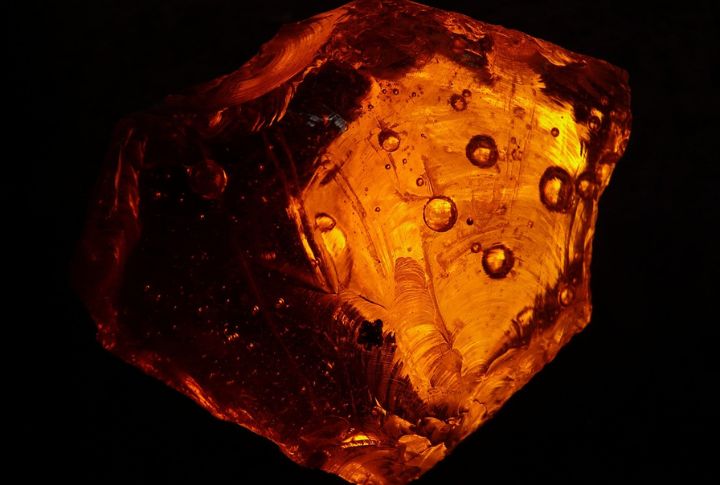
Gemstones have fascinated humanity for centuries, but some stand in a league of their own. While diamonds and rubies dominate conversations, there’s one gem so rare and extraordinary that even experts find it mesmerizing. Kyawthuite isn’t just unique—it’s a true one-of-a-kind marvel. What makes it so special? Keep reading to discover why this gemstone is unlike anything else on Earth.
Confusion Over Kyawthuite’s Discovery

The story of the jewel begins in 2010 when sapphire hunters in Myanmar’s Chaung Gyi Valley unearthed a reddish-orange crystal from a stream bed. They mistook it for amber or opal. Later, Dr. Kyaw Thu, a Burmese mineralogist and gemologist, identified it to be different.
Found In Only One Location On Earth

The remote region of Mogok, Myanmar, known as the “Land of Rubies,” is famous for its rich mineral diversity, yet Kyawthuite remains scarce. Unlike other rare gems found across multiple regions, this singular birthplace of Kyawthuite makes it an isolated curiosity among others.
Just A Single Specimen Is Confirmed

Even in that one location, only a single confirmed specimen was found. That confirmation was rolled out when Dr. Kyaw Thu found out that it’s not like any other gemstone we know. His expertise and collaboration with international experts confirmed that only one specimen is currently available.
The Geological Processes Behind Its Formation
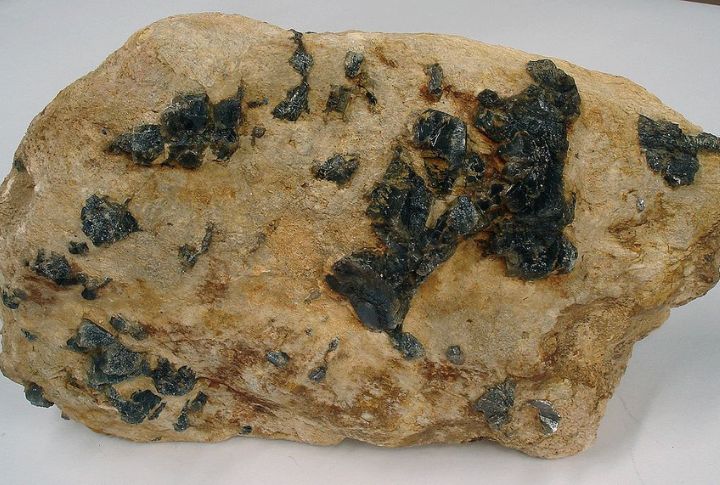
Geologists believe it formed in pegmatites, coarse-grained igneous rocks, under specific geological conditions. The environment of the Mogok region (characterized by tectonic activity and hydrothermal processes) contributed to the crystallization of this scarce mineral.
Composition That Sets It Apart

With a bismuth and antimony composition of Bi³⁺Sb⁵⁺O₄, this gemstone is much heavier than it looks for its size due to its density, measured at approximately 8.256 g/cm³. The availability of heavy-metal-rich magma in its place of origin might be the reason for this and adds to its signature hue.
Recognition As An Official Gemstone
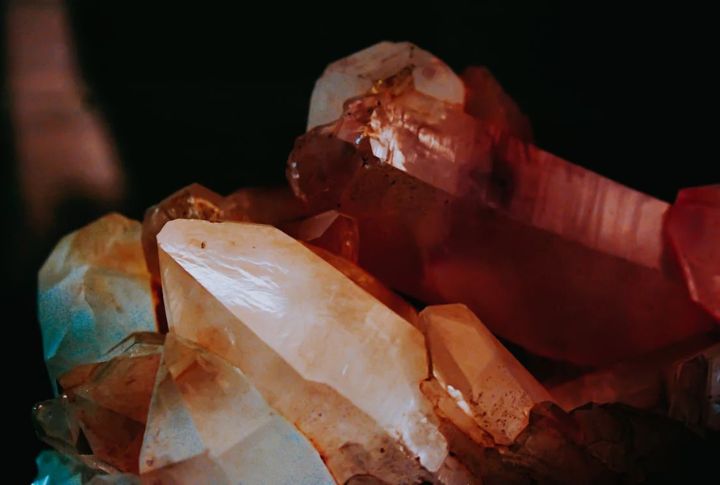
In 2015, the International Mineralogical Association (IMA) officially recognized it as a distinct mineral species. The IMA’s Commission on New Minerals, Nomenclature and Classification (CNMNC) rigorously evaluates new mineral discoveries, ensuring they meet strict uniqueness and natural occurrence criteria.
More Valuable Than Gold Per Gram
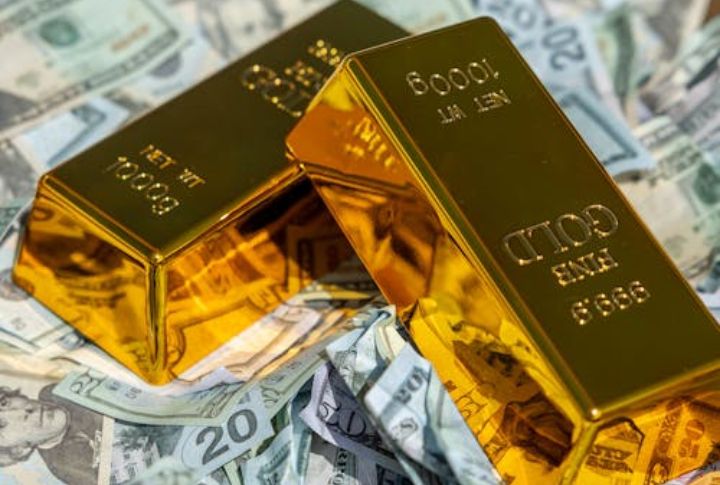
The theoretical value of this stone surpasses that of gold or even diamonds, primarily because it is priceless. It eclipses the value of the previously identified rarest gemstone variety, priced up to $60,000 per carat, but exists in multiple specimens. Kyawthuite’s scarcity means its worth resides entirely in speculation.
One-Of-A-Kind Glow
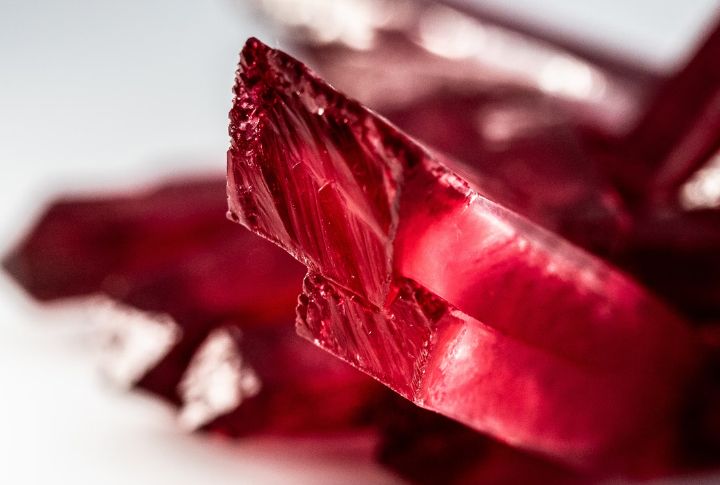
With a radiant orange-red hue, this gemstone comes with a white streak. It is also observed that it has transparency and an adamantine luster. The Mohs hardness of 5½, combined with its brittle nature, conchoidal fracture, and three distinct cleavages, could be the reasons behind this.
It Took Over The Crown From Painite

Previously, Painite was the rarest precious stone, with only three known specimens until 2001. Subsequent discoveries expanded the number of the crystals to several thousand. Though facetable, gem-quality specimens of this remain exceptionally rare. Kyawthuite, with just one verified sample, now holds the crown.
Preserved As A Scientific Artifact

Rather than being a commodity, the Kyawthuite stone is now in the Natural History Museum of LA County. You can view this rare gem but don’t forget to check the museum’s official website for current hours of operation and visitor guidelines.
